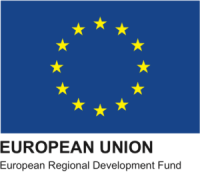Targeted Areas
Piraeus is the largest & busiest port in Greece, among the biggest European ports and the main hub connecting Europe, Asia and Africa, as well as among the most densely populated cities in Europe (15.065 citizens/km2). It is a boisterous zone, and like in many large cities, security is an important issue for its inhabitants.
The urban threat landscape in Piraeus is mainly comprised by small scale crime (i.e. pickpockets, thieves), night crime activities, drug and cigarettes smuggling and immigrants’ trafficking. These events are hardly reported to the authorities due to the lack of transparency, cross-sectoral cooperation, and exploitation of cyber-physical flaws. The built environment is also in need of improvements, and thus has a negative impact on how the city is perceived.
With this in mind, BSFS has defined the 2nd and 5th municipal districts within Piraeus as its areas of implementation.
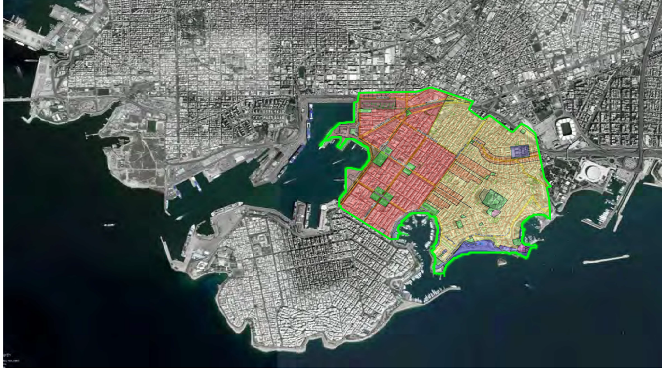
2nd Municipal District
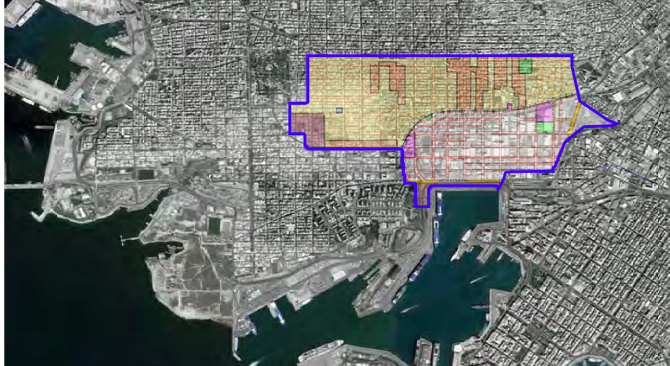
5th Municipal District
Urban Crime Factors
The project targeted areas are characterized by an urban landscape with the following urban crime factors.
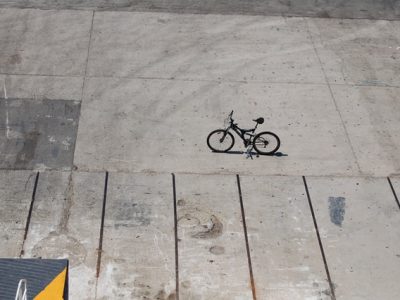
Low Social Cohesion
Although Piraeus still maintains the sense of neighborhood there is a low social cohesion deriving mainly from: ethnic diversity (immigration) and income distribution.

Fear of Crime
According to a recent local poll, the citizens believe that urban insecurity is in the top 3 city problems.
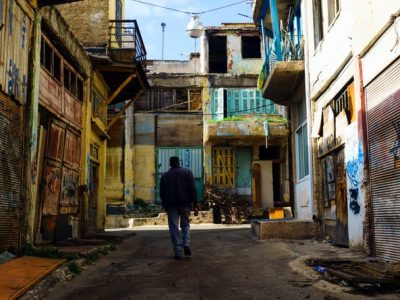
Sense of degradation
88% of the population believe that the port environmentally degrades the city 40% of the population believe that the port socially degrades Piraeus due to pollution, the movement of polluting/dangerous goods and high passengers’ traffic
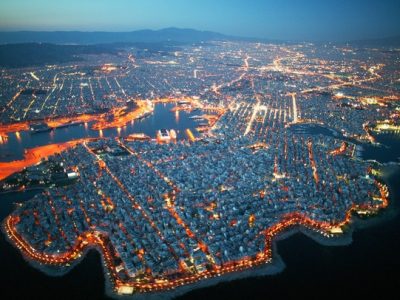
Environmental degradation & urban design
Piraeus is the EU city with the lowest amount of green per capital (1.56 m2), Open spaces cover only 2.12% of the city 11.000 acres are covered by abandoned and former industrial buildings Daily traffic in the road networks of the city

High population density
MD5 is the most populated and degraded in terms of financial (lowest income per capital) and social (mixing with immigrants) aspects. Although MD2 is not that populated, the daily street traffic & cruise passengers’ moves around the port area comprise high density factors.

Weak Cross – Sectoral Collaboration
Weak collaboration among the critical information systems of the urban authority, the police and other key stakeholders is associated to the almost non-existent interoperability, entailing information losses and hampering timely reaction of the first responders.




